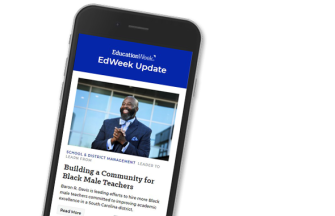The number of students receiving free summer meals notably increased in 2020 and 2021 from pre-pandemic levels.
That was the result of the federal government loosening rules governing schools and community organizations that provide students free meals during the summer, and school districts and other groups ramping up efforts to feed students during the COVID-19 pandemic.
But there’s since been a drop in the number of students receiving free meals once school has let out for the summer. And experts expect participation to continue to fall this summer following last June’s expiration of federal waivers that made free school meals available to all students, regardless of income, and allowed schools and other organizations to set up free summer meal distribution sites anywhere.
During the COVID-19 pandemic, the United States Department of Agriculture (the federal agency that oversees school meal programs) authorized waivers allowing districts to expand their meal programs. The waivers temporarily suspended the standard requirements that only students whose families were determined to be low income based on federal criteria were eligible for free or reduced-price meals.
The waivers also provided more flexibility for how and where students could receive their meals.
Under the traditional program, students are required to eat their school meals on site, but the waivers allowed for grab-and-go meals, or the option to pack up several days’ worth of meals that families could pick up and take home all at once. Many districts changed their meal service infrastructure in response, setting up meal deliveries and pick-up sites.
Summer meal programs, as a result of the waivers, could set up shop wherever demand was greatest. They weren’t limited to areas with high concentrations of low-income households.
The changes led to increased participation in meal programs, particularly in the summer, according to research from the Food Research & Action Center, an anti-hunger advocacy group.
Here are some numerical highlights from the center’s January report on summer nutrition, entitled “Hunger Doesn’t Take a Vacation,” and a January report from the School Nutrition Association on challenges for school meal programs.











